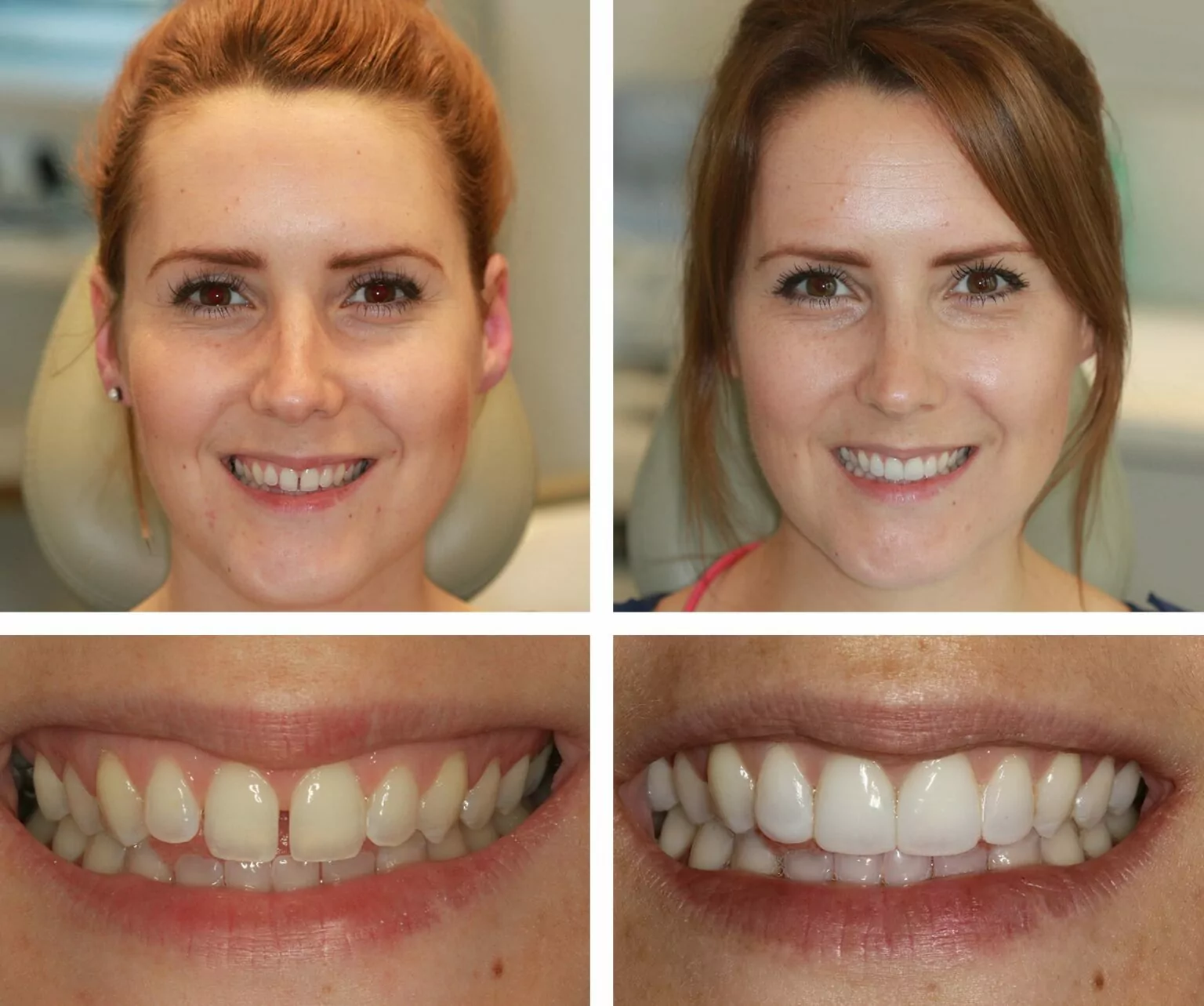Hello there! I’m here to talk about a common dental concern that many people, including myself, have faced – gaps in our teeth. You might be wondering if there’s a solution to those pesky spaces between your teeth. Well, let me share my experience with you on how composite bonding can help bridge those gaps.
Dental Gaps: Defined
Before diving into the details of composite bonding, it’s essential to understand what dental gaps are. Dental gaps, or diastema, are spaces between teeth, often found between the front teeth but can occur anywhere in your mouth. These gaps can be caused by various factors, including genetics, thumb-sucking habits, or gum disease. They might not cause any significant health issues, but they can affect your confidence and self-esteem.
What is Composite Bonding?
Composite bonding is a simple and effective cosmetic dental procedure used to address a range of dental imperfections, including gaps between teeth. It involves the use of a tooth-colored resin material that is bonded to the tooth’s surface to improve its appearance.
My Personal Experience
I had a noticeable gap between my front teeth, which bothered me for years. It made me feel self-conscious whenever I smiled. After doing some research and consulting with my dentist, I learned that composite bonding could be the solution I needed.
The Process
The process of composite bonding is relatively straightforward. It doesn’t require any invasive procedures or the removal of healthy tooth structures, which was a big plus for me.
- Consultation: It all began with a consultation with my dentist. We discussed my concerns and goals for my smile. We also talked about the composite bonding procedure, its benefits, and any potential risks.
- Shade Matching: During the procedure, my dentist carefully matched the shade of the composite resin to my natural teeth. This ensured that the bonded area would blend seamlessly with the rest of my smile.
- Tooth Preparation: My dentist then prepared the surface of my teeth by lightly roughening it. This helped the bonding material adhere better to the tooth.
- Application of Composite Resin: The dentist applied the composite resin to the gap between my teeth, sculpting it to the desired shape and size. It was a painless process, and I could see the transformation happening right before my eyes.
- Curing and Polishing: After shaping the resin, a special light was used to harden it. Once it was cured, my dentist polished it to ensure a smooth and natural finish.
Results
The results were remarkable! The gap that had bothered me for so long was gone, and my smile looked more even and harmonious. I was thrilled with the outcome, and it gave me a significant confidence boost.
Advantages of Composite Bonding
Composite bonding has several advantages, which is why it’s a popular choice for addressing dental gaps:
- Non-Invasive: Unlike some other dental procedures, composite bonding doesn’t require the removal of healthy tooth structure.
- Quick: The entire procedure can often be completed in a single visit to the dentist’s office, which is perfect for those with busy schedules.
- Natural Appearance: The resin used in composite bonding can be custom-matched to your natural teeth, ensuring a seamless and natural look.
- Affordable: Compared to more extensive dental treatments, composite bonding is generally more budget-friendly.
- Minimal Discomfort: I experienced minimal discomfort during and after the procedure. There was no need for anesthesia or recovery time.
Maintenance and Longevity
Maintaining composite bonding is relatively straightforward. Regular brushing, flossing, and dental check-ups are essential to ensure its longevity. However, it’s worth noting that composite bonding may need to be replaced after several years due to wear and tear.
Conclusion
In my experience, composite bonding was an excellent solution for filling the gap between my teeth. It transformed my smile and boosted my confidence without the need for invasive procedures. If you’re bothered by dental gaps like I was, I highly recommend considering composite bonding as a viable and accessible option.
Consult with your dentist to see if it’s the right choice for you. Remember, a beautiful smile can make a significant difference in how you feel about yourself. So, go ahead and take that step towards a gap-free, confident smile!
For more information Click here…
